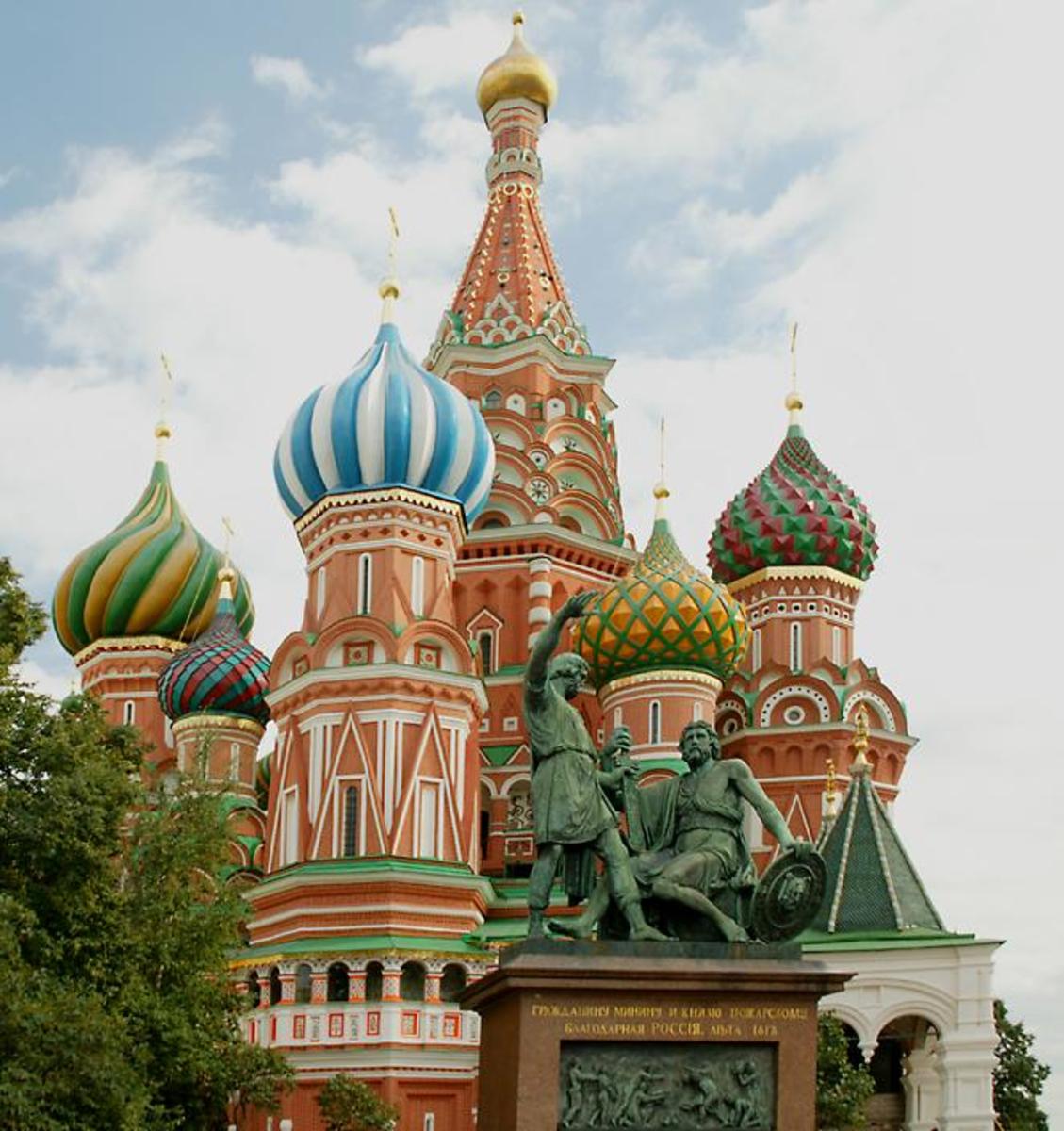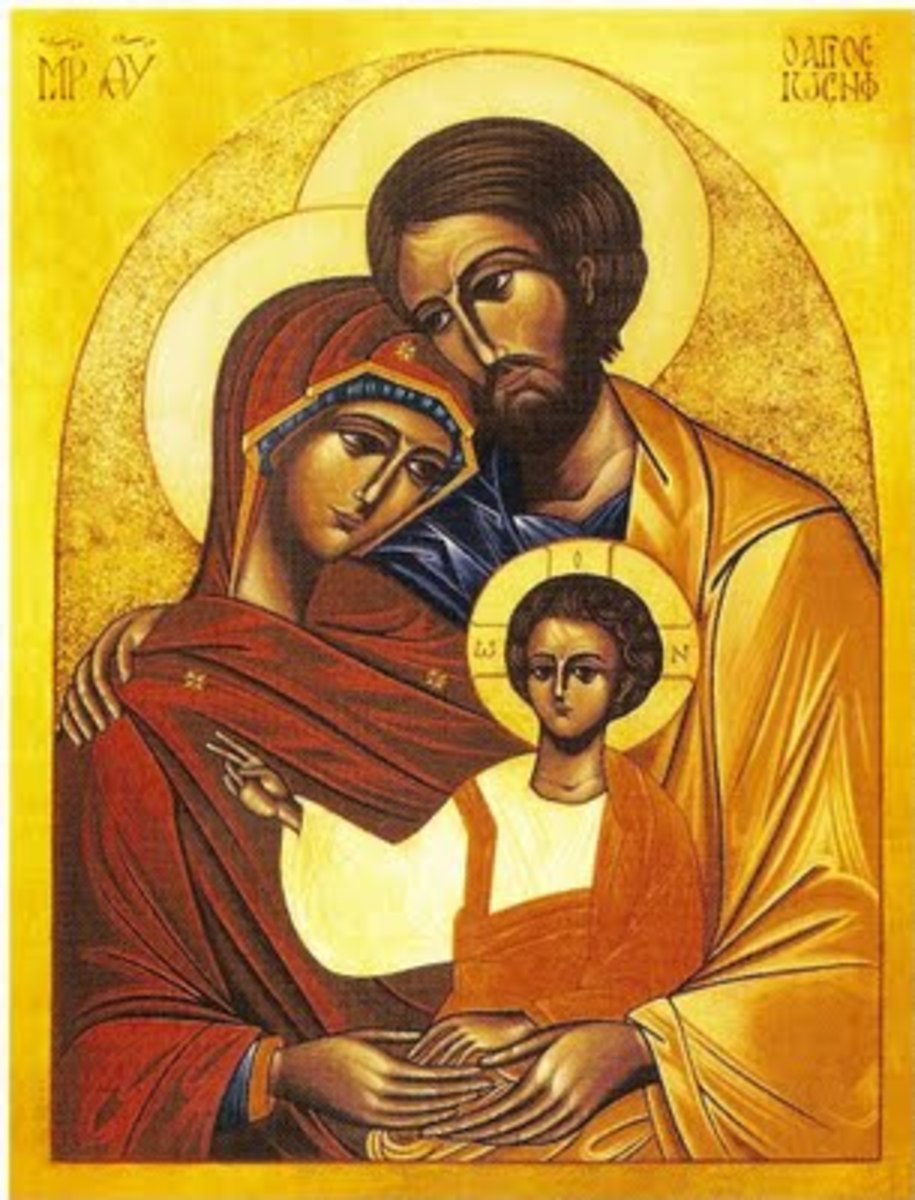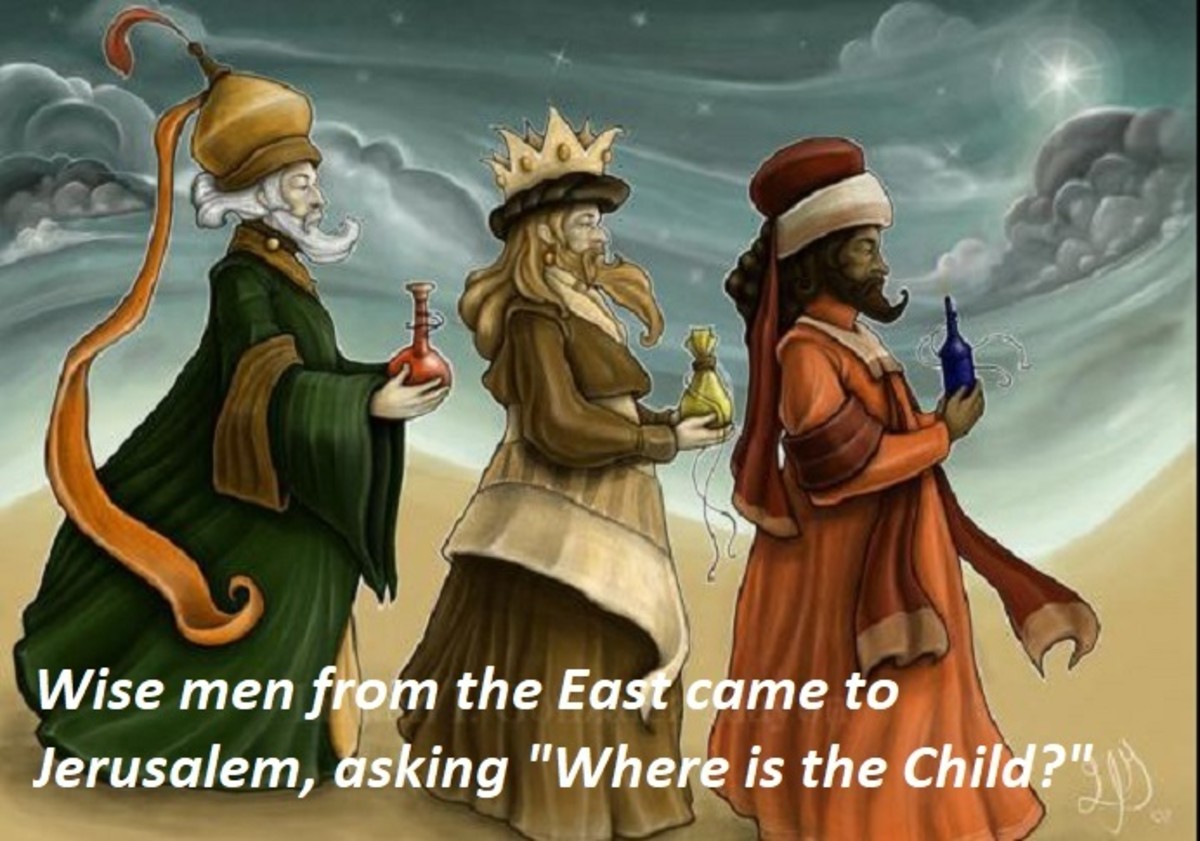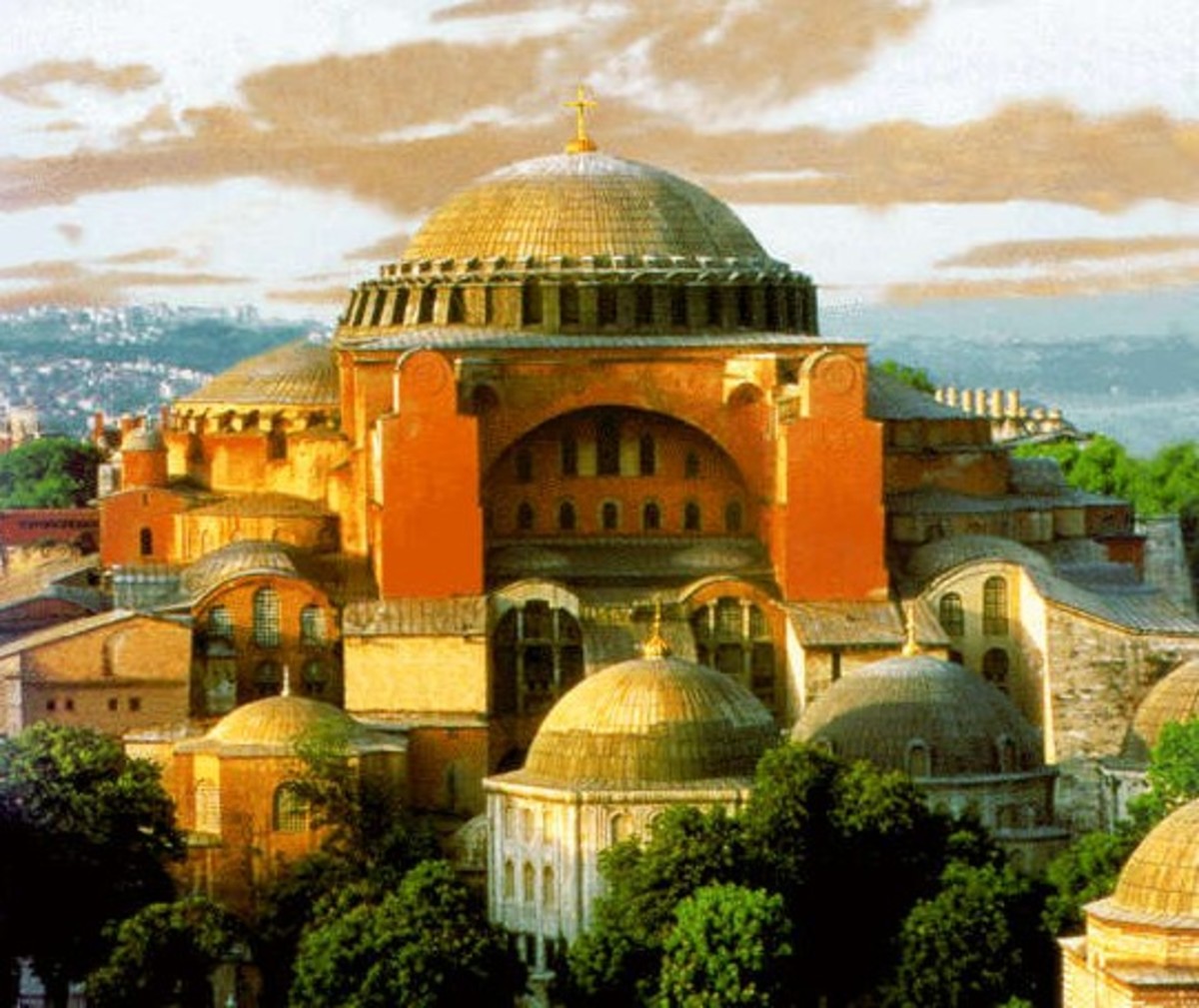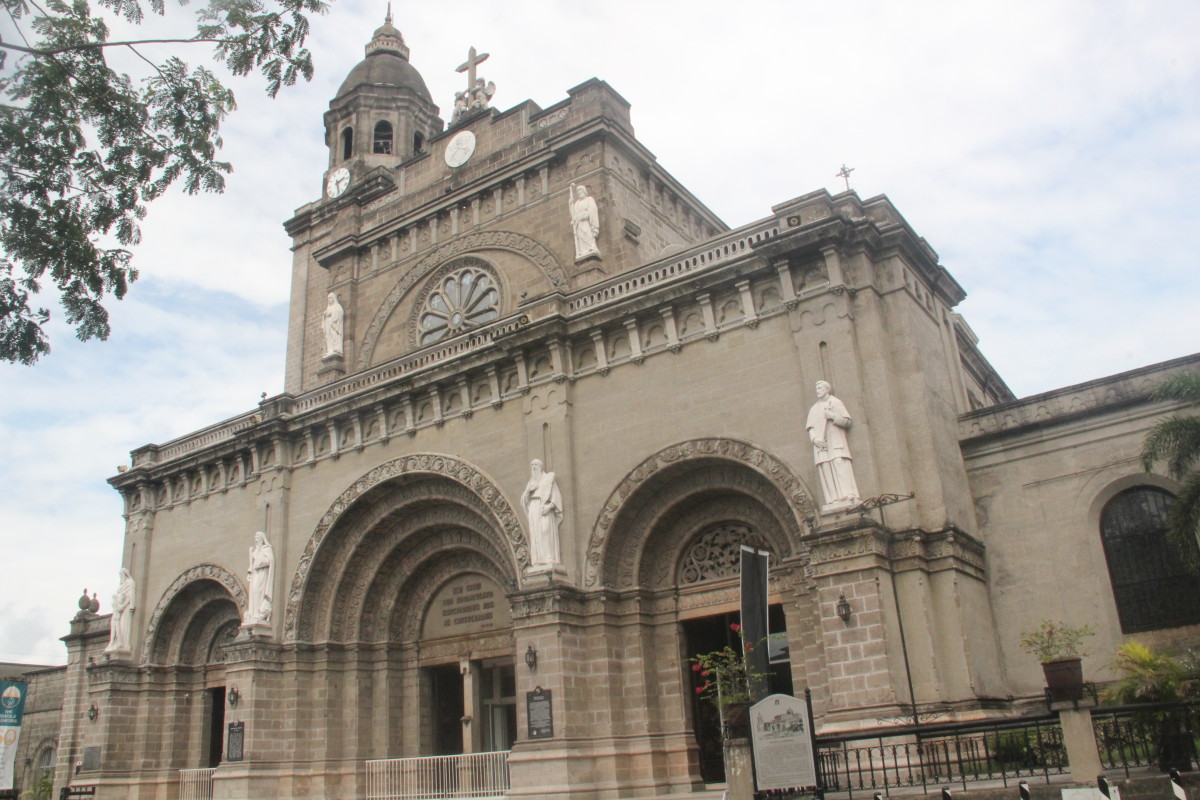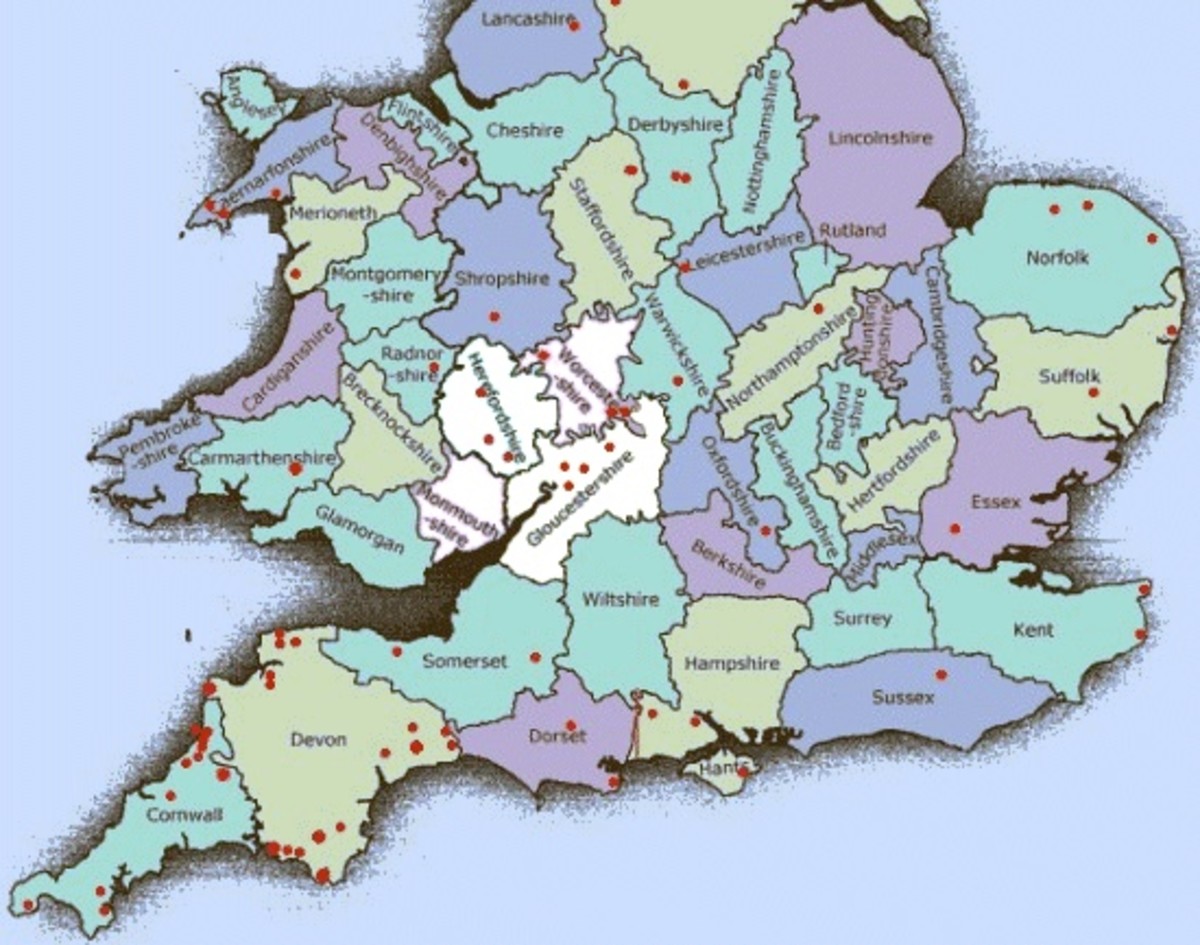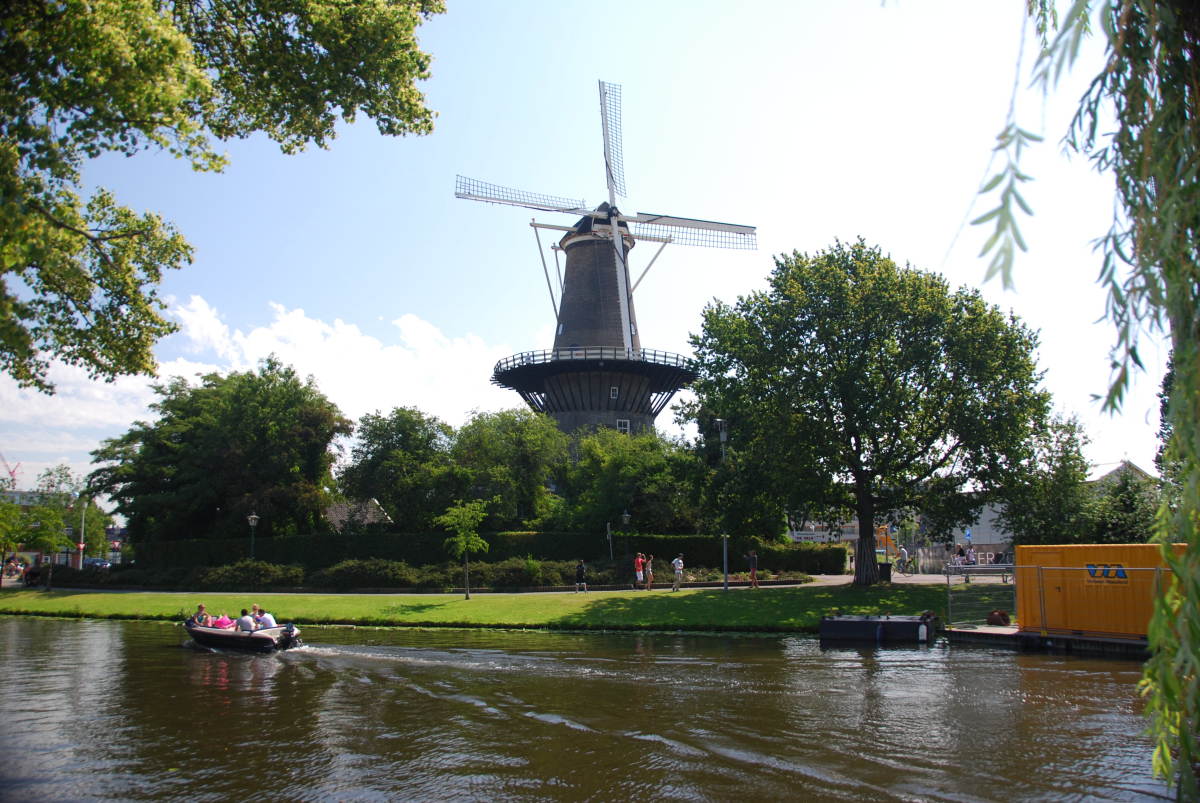Explore the Splendor of Russia’s Orthodox Churches
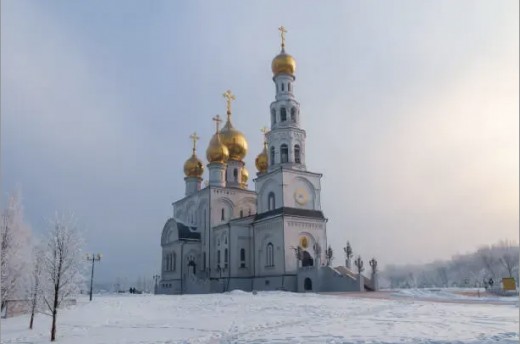
Is there a nomad living inside you, always dreaming of the sublimated sights of history frozen in time and in far-off lands? If that is the case, you must stand in front of Saint Basil’s Basilica in Moscow at least one evening. You will see the evening sky acquire renewed radiance reflecting the colourful spires and domes. No other experience can give you the authentic taste of ancient Rus than visiting its Orthodox churches.
As Winston Churchill once defined it, Russia is "a riddle wrapped in a mystery inside an enigma." Russia, and its magnificent churches, of which many became Communist Party offices and administrative offices during the Soviet regime and were handed back to the folks of faith when that era passed, are destinations that never disappoint a traveller seeking thrill and beauty.
The gorgeous Saint Basil’s Basilica is not alone in its ability to inspire awe and wonder in the eyes of beholders. Several Orthodox churches in Russia stand like stunning beauties on a fashion ramp across Russia, and they are a monument lover’s delight and ultimate dream.
Before we embark on this journey, let me tell you some history about these churches.
Apostle Andrews, supposed to have brought Christianity to Russia, reached Russia’s shores, navigating the Black Sea. According to legends, the first spot he arrived at was Kyiv.
St Andrews erected a cross in Kyiv. The St Andrew’s Cathedral now stands there. The Russian history of Christianity that began in the 10th century was not a typical story where one fine morning an emperor decided, and a whole nation converted to a new religion. Many tribes of Eastern Slavs found this faith in many different ways. In time, the people of three modern nation states – Russia, Ukraine, and Belarus – embraced a new religion.
Other than Russian, the Byzantine and the Eastern Roman Empire’s architectural styles influenced the design of their church buildings. Later, even Islamic mosques drew their inspiration from this building style.
The Saint Basil’s Cathedral in Moscow’s Red Square represents Russia, its culture, and tradition in iconic ways. It was built during the latter part of the 16th century under the command of Ivan the Terrible to commemorate his victory in the Russia-Kazan War.
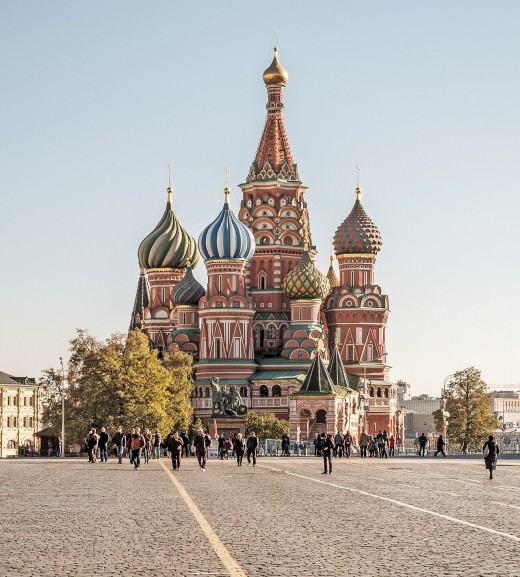
The Eastern Orthodox Church Architecture
The Eastern Orthodox Churches have a unique style and structure. The domes/cupolas are the most eye-catching feature of these churches. They are shaped like onions and are often referred to as onion domes. It is believed that Saint Basil’s Cathedral had this type of dome for the first time in history, and many other churches replicated it.
Each cupola and its colour signifies who is worshipped below it and to whom it is dedicated. For example, a golden dome is for Christ, and a blue dome with stars on it means it is dedicated to the Mother of God.
Green domes represent the Trinity or the most revered saints. Black domes are seen in monastery buildings.
If there are three domes, they represent the Trinity. Jesus and his five evangelists are represented when there are five domes.
The other combinations are,
7 domes – Holy Sacraments
13 domes – Christ and the Apostles
25 domes – The Old Testament Prophets
33 domes – the years for which Christ lived
The domes are built on Barabans, the cylindrical drum-like structures. Most of the Barabans have many windows that let light into the church. Rarely are there windowless Barabans.
The shape of the whole church will be an amalgamation of octagonal and cubical structures. Arched gables and high columns complete the building’s sides and front portion.
The Major Eastern Orthodox Churches in Russia: Saint Basil’s Cathedral in Moscow
Saint Basil’s Cathedral in Moscow will be your first stop in this church-trotting in Russia. The cathedral has nine onion-shaped domes. The four side entrances to the cathedral look the same. Any of these could be the main entrance.
The holy man, Basil, is buried in this cathedral. St Basil was a naked saint who lived on Red Square and was much loved by people. The King used the Cathedral’s basement to store his riches, and in the Soviet era, the government used it as an administrative office.
There are intrinsic mural works on all the inner walls of the cathedral. There is an ongoing debate about whether Russian or Italian architects built this church. St John is also buried in the church's basement, and relics from ancient times are stored here.
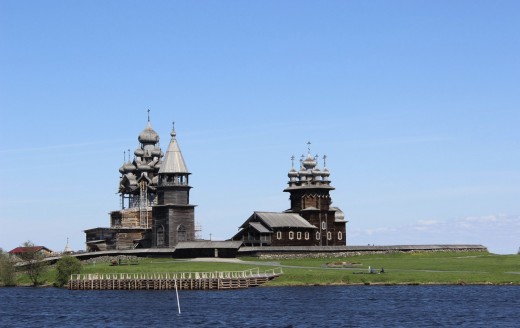
The Church of Transfiguration, Kizhi Island, Karelia
This 17th-century church is in Northern Russia. It is a wooden church with 22 domes. An architectural marvel built without nails, it is part of the UNESCO World Heritage Site Kizhi Pogost. Kizhi is an island in Lake Onega.
This church displays the legacy of traditional Russian architecture at its finest. The building is octahedron-shaped with three tiers. Pine and aspen logs are used in the construction. Thirty thousand arched aspen shingles form the panel of the cupola frame.
You can see a winter church near this church building, which is also a beauty to put one's eyes on.
The Church of the Resurrection of Christ, Foros
This is another breathtakingly beautiful church in Russia located at an altitude of 400 metres above sea level. This church is built on a cliff and overlooks the sea lining the Crimean Peninsula. During the Soviet period, this 19th-century church with its gold and green domes faced the threat of demolition, but fortunately for future generations, it survived.
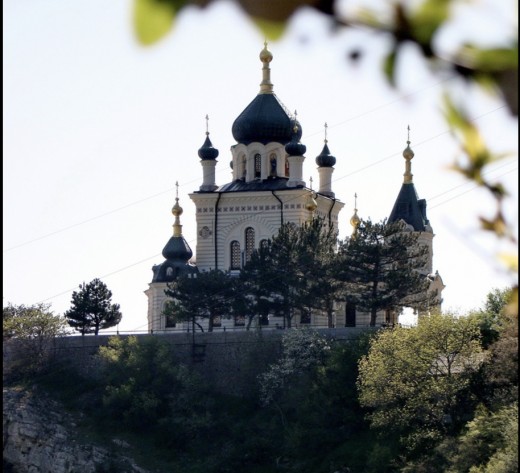
The Dormition Cathedral, Vladimir
Prince Andrey Bogolyubsky commissioned the construction of this church in 1158. This church witnessed the death of Prince Vladimir, his wife, and their daughter inside when the Mongols attacked and set fire to it in the 13th century. This church is also home to many rare frescoes created by renowned painter Andrei Rublev.
The Church of the Intercession on the Nerl River, Vladimir
This is another spectacular church that represents mediaeval Russia. The church is built using white stone and presents a stunning view in the winter. Andrei Bogolyubsky, a prince of Vladimir-Suzdal (Vladimir was a separate princely state) during the 12th century CE, commissioned this church.
In the springtime, the church would be flooded and seem to float in water because of its elongated columns. This church has only one dome, and the interior has four columns.
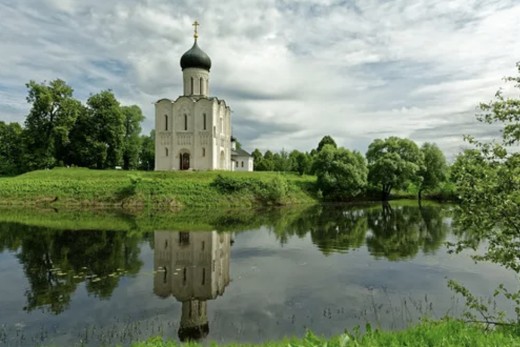
St Isaac’s Cathedral, St Petersburg
This church is a museum. Church services are carried out here occasionally. The Soviet government had turned this into a museum. In 2017, there was an attempt to hand over this building to the Russian Orthodox Church, but the people of St Petersburg wanted the museum to continue functioning.
Tsar Alexander I built this church using a team of renowned architects. The neoclassical architecture of the church follows a Russian-Greek-Byzantine style.
The Church of Prince Dmitry on the Blood, Uglich
The Church of Prince Dmitry on the Blood, Uglich, is another church in Russia that looks like it fell from a fairy tale book. It has five domes and no pillars. The walls are red with white outlines, and the domes are bright blue.
This church was built in memory of Tsarevich Dmitry, a young prince who was the last heir of Ivan the Terrible, and this prince died mysteriously. His death was talked about as a cold-blooded murder, and Alexander Pushkin, the great Russian poet, wrote his famous play, ‘Boris Godunov’, based on this incident. There is an ancient painting on the wall of this church depicting the murder of Dmitry.
This church stands on the banks of the River Volga. The church is under the local museum administration. There is an entry fee charged to visit it.
Each of the magnificent Orthodox churches has similar exciting histories and gorgeous exteriors. A few more that you would love to visit are
The Church of the Sign of Our Lady in Dubrovitsy, Moscow
St Nicholas Naval Cathedral, St Petersburg
Kazan Cathedral, St Petersburg
The Assumption Cathedral of the Moscow Kremlin
Christ the Savior Cathedral
The Church of the Intercession of the Blessed Virgin Mary in Fili
St Clement's Church, Moscow
The Church of St Nicholas the Wonderworker in Khamovniki
Novodevichy Convent, Moscow
Church of Our Lady of Kazan, Irkutsk
Each of the above churches will amaze you with their beauty and style. Russia, being the largest country on Earth, you would find it difficult to cover the entire stretch in one visit. You can visit the churches in Moscow and St Petersburg first and then travel by train to Kizhi Pogost to see the wooden church. The journey takes 11 hours and is a lovely experience to see the sights of rural Russia passing by.
Tour operators arrange seven-day guided tours to visit the churches of Moscow, St Petersburg, the Kremlin, Vladimir, Suzdal, and Kostroma.
You can always travel again to Russia to see the churches you missed on the first trip. You can choose another season for a second visit because the summer landscapes are quite different from winter or spring geographies. The Church of the Intercession on the Nerl River, Vladimir, has entirely new looks as seasons change. The Russian Orthodox churches will never cease to amaze you with their elegance, picture perfection, and prettiness.
This content is accurate and true to the best of the author’s knowledge and is not meant to substitute for formal and individualized advice from a qualified professional.
© 2025 Deepa

